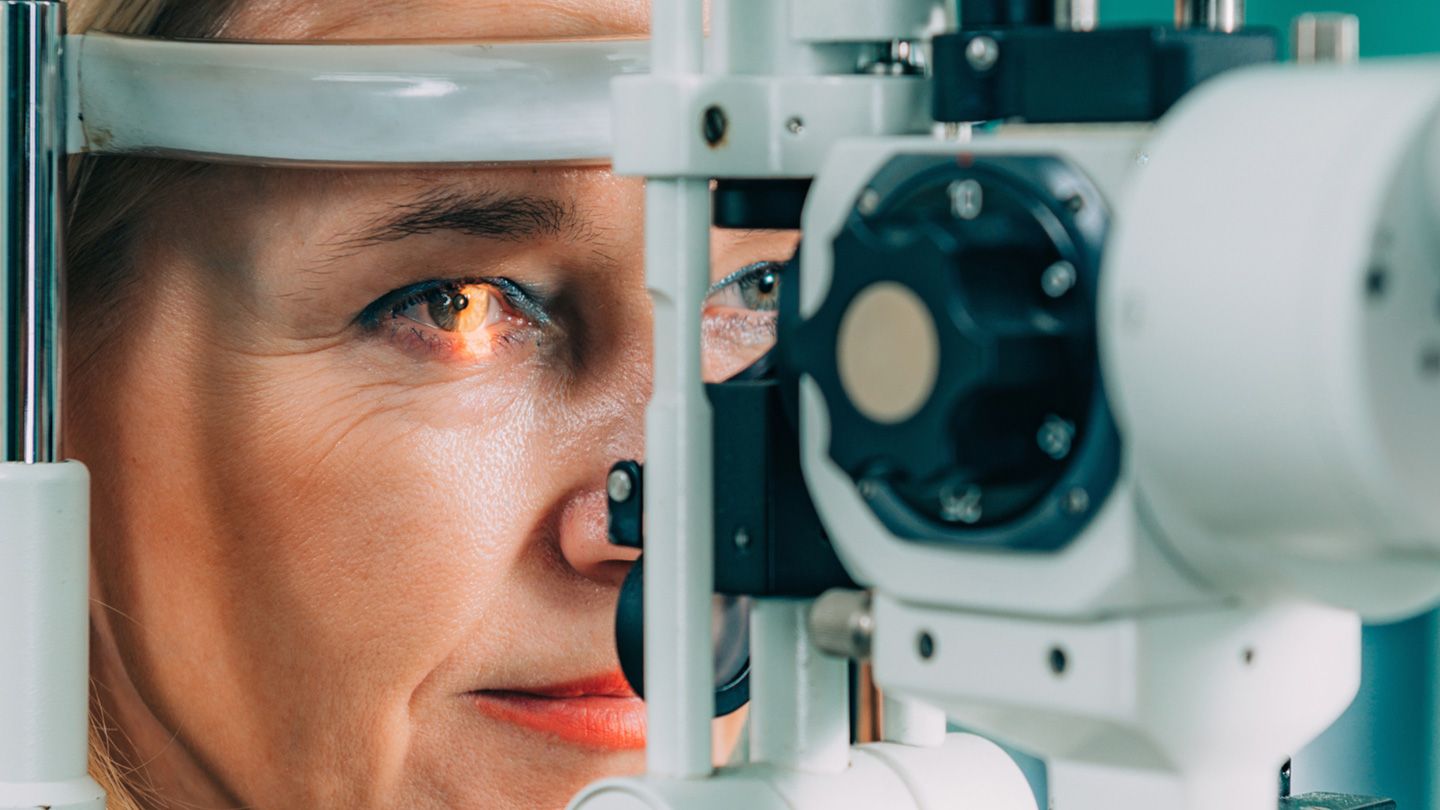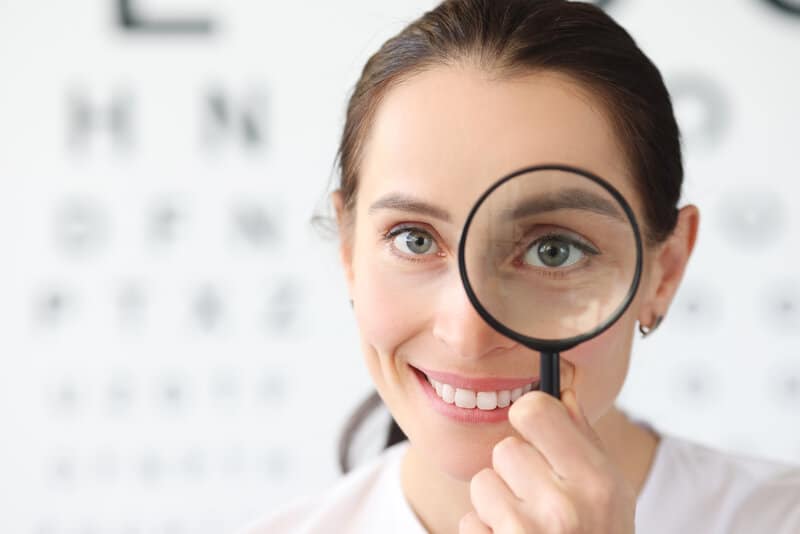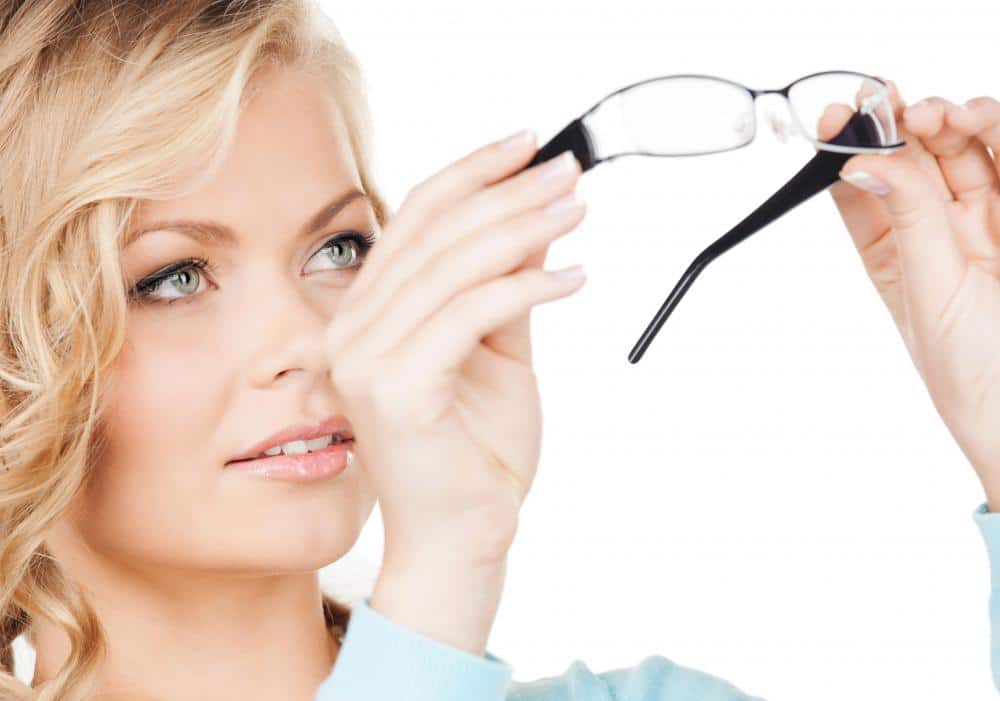Our eyes are a vital part of our day-to-day life. As we age, our eyes are exposed to multiple health risks. These health risks may lead to the deterioration of your sight or even total blindness. Though small, the eye is a mighty organ with a multitude of working parts, but with so many different parts, self-identifying your condition is nearly impossible. Luckily, you are not alone.
With our expert staff of board-certified ophthalmologists and optometrists, Campus Eye Group offers a comprehensive range of services, from regular eye exams to the treatment of eye conditions, such as:
- General eye care
- Management of glaucoma and diabetic eye disorders
- Lasik
- Macular degeneration
- Dry eye
- Presbyopia and myopia
- Corneal ulcer
- Keratoconus
- Cataracts
- Conjunctivitis
These are just a few examples– Campus Eye Group is a full-service facility treating all eye conditions, including complications from wearing contact lenses. Our expert staff can help you identify eye conditions and come up with a treatment plan that best suits your needs. Below is a list of the most common eye conditions we see and treat:
Glaucoma
This is a serious eye condition in which there is too much pressure from within the eye. Over time, this pressure damages the optic nerve. Sight loss and even total blindness are possible. Fortunately, glaucoma can be treated if caught early.
Glaucoma typically doesn’t have warning signs until significant eye damage has occurred. This, amongst a long list of other reasons, is why routine eye exams are so important. Your eye care professional will measure your internal eye pressure at every routine eye exam, which can help to catch glaucoma before any damage occurs.
Diabetic Eye Disease
When diabetes is untreated or poorly controlled, high blood sugar levels can damage critical blood vessels in the eye’s back surface called the retina. Your eye doctor can see this damage during an eye exam. In fact, some people may first discover they have the disease in this way. Like glaucoma, diabetic eye disease is often silent until irreparable damage has been done. Regular eye exams are your best protection, especially if you already know you have diabetes.
Macular Degeneration
This disease primarily affects older individuals, most often past the age of 50. Smokers and those with a family history of macular degeneration are more prone to the condition. Macular degeneration causes the center of the retina, called the macula, to break down or grow extra blood vessels underneath it. These vessels break and bleed, damaging the macula. Symptoms include fuzzy images in the center of your vision and lines of letters or numbers that jump or appear to be uneven when they aren’t. Like every eye condition, a professional diagnosis and treatment plan is necessary for the health of your vision.
Conjunctivitis
Commonly called pinkeye, conjunctivitis has many causes, including eye injury, allergies, reaction to certain chemicals, and infection. Symptoms include a pink or red appearance to the white part of the eye, sensitivity to light, pain, watering, and eye discharge. Conjunctivitis is usually self-identifiable and isn’t always serious. However, only an eye care professional can determine the correct cause and treatment.
LASIK
This procedure uses a special laser to reshape the cornea, eliminating or reducing far and near-sightedness and improving astigmatism, which is an irregular curvature of points in the eyeball. LASIK may restore 20/20 vision for some individuals. Understanding when LASIK is necessary and undergoing the surgery can only be done with the assistance of board-certified professionals. Results are generally permanent and may eliminate the need for glasses and contacts altogether.
Campus Eye Group
Our practice is proud to serve the Hamilton, NJ, and Princeton, NJ areas. We warmly welcome new patients, and invite you to call our office at (609) 587-2020 with questions. Our staff is highly qualified and is available at your convenience to perform eye exams and treatment plans. Schedule an appointment to ensure your vision’s health at Campus Eye Group.












